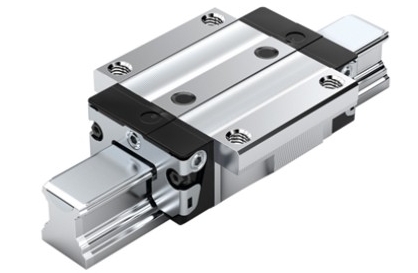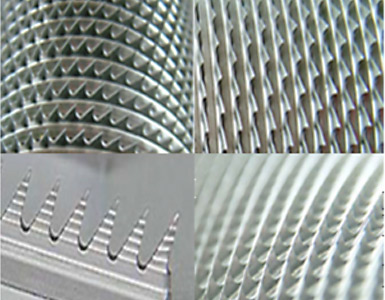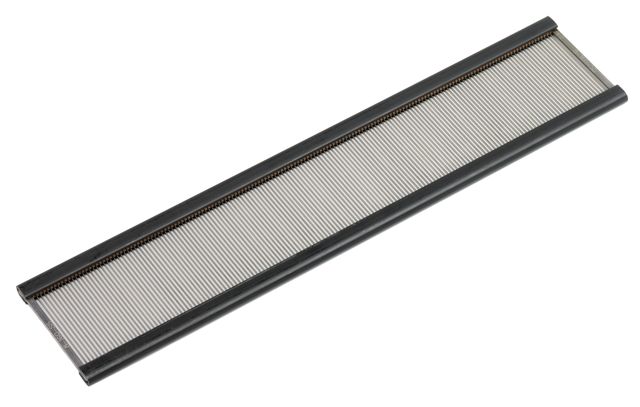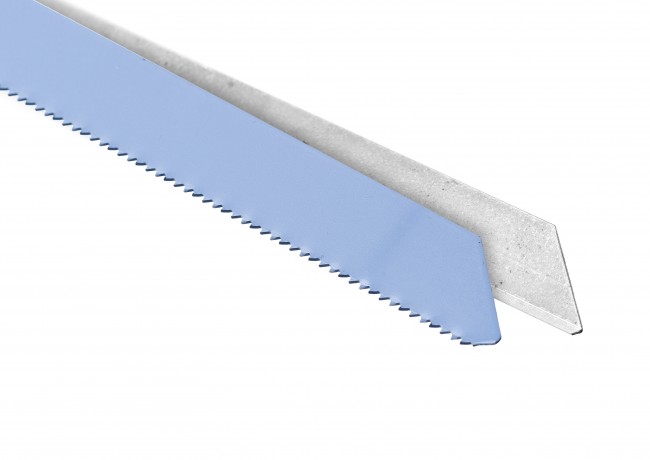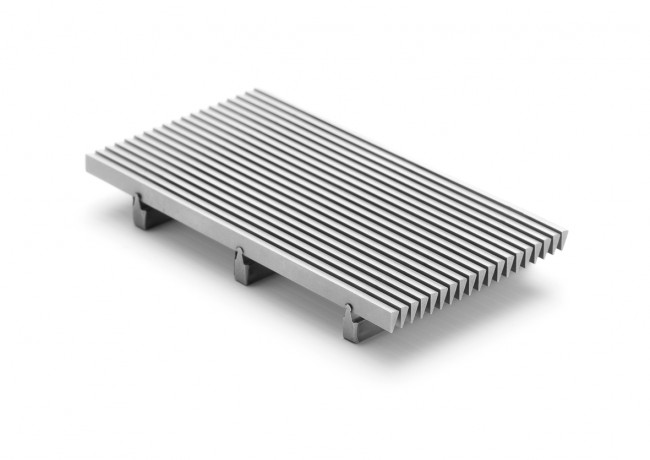Our quality ensures the reliability of your production. Every day, year in, year out.
As extensive as the expression production technology is, the application areas of our rolling technology are just as diverse – and often so very close to our daily life.
Without sewage plants, the comprehensive infrastructure of our living spaces would be unimaginable, while fluid circuits for the lubrication and cooling of production equipment need to be cleaned and in the production of fruit juices such circuits have to be frequently freed from sediments or suspended matter – in all these industrial processes screen filters are in use, whose triangular profile sections are produced on FUHR rolling mills.
But also the production of apparently such trivial items as jeans or similar clothing items only becomes possible through the use of so-called card wires or weaving combs – both production tools which are produced in the cold rolling process.
Countless application areas and a maximum of variability and efficiency characterize the modular construction of our rolling mills as you can readily convince yourself of.

